The P series has always been positioned as a fashionable and thin imaging flagship in Huawei’s product line. However, in the current mobile phone market, thinness and imaging capabilities seem to be two parallel lines that never intersect.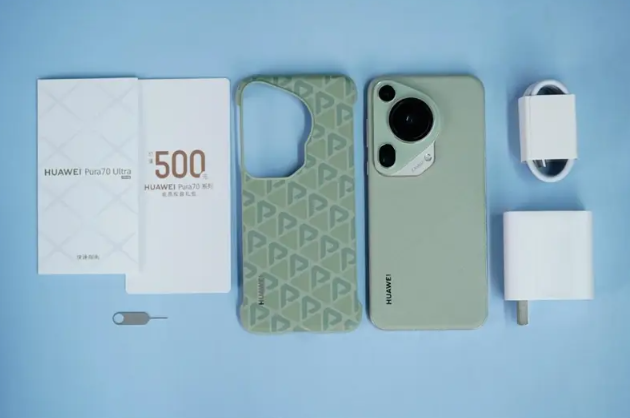
Before the release, Huawei announced that it would rename the P series to the Pura series. In Spanish, “Pura” means “pure” and “beautiful”. I thought Huawei would give up its positioning as an imaging flagship and focus on the field of thin and light fashion. But I never expected that Huawei would use its retractable camera to solve the problems of the thick and heavy body caused by the one-inch outsole, allowing adults to do all the multiple-choice questions, and I would like all the thin and light images.
Everyone is familiar with the following plot. On April 18, the day when Huawei’s first P series mobile phone was launched, Huawei once again surprised us with no moral ethics. At 10:08, it officially launched the Pioneer Project, and it was a familiar formula again. Familiar taste, even if it is a candy bar flagship priced at tens of thousands, it is still sold out in a second.
Fortunately, I also grabbed the Huawei Pura 70 Ultra product as soon as possible. Next, let us take a look at the Huawei Pura70 series. Can it bring Huawei back to the peak of imaging?
Huawei’s tradition has always been that the Mate series uses the latest SOC, but this generation has actually changed the principle of immutability, which violates the ancestral method. It launched the Kirin 9010, a minor facelift of the Kirin 9000S, on the Pura series. Although the large core frequency has changed from the large core 2.62GHz has been reduced to 2.3GHz, the medium core has been increased from 2.15GHz to 2.18GHz, and the small core has been increased from 1.53GHz to 1.55GHz. However, the theoretical running score test is higher. People have to marvel at Huawei’s chip design capabilities and architecture leadership. .
The P40Pro+ four years ago was the last generation of Huawei’s P series that can be called the imaging flagship. Since then, although Huawei has powerful algorithms, it has never had powerful hardware to match it. Now Huawei has finally equipped with the powerful hardware used by mainstream flagships on the market. One-inch, and the largest F1.6 physical aperture in 1-inch CMOS, bringing the industry’s largest main camera light input, and also brings a new flash shooting mode. I thought that Huawei’s Pura generation could regain its lost image status, but the result seemed a bit unexpected.
It adopts the industry’s first rotary telescopic lens structure and uses a precision rotating guide rail transmission system to automatically extend the lens when shooting is started. The mechanical sound produced by this mechanical extension will also give you a sense of photography. A sense of ritual.
Thanks to the telescopic lens structure, the Huawei Pura 70 Ultra can accommodate a 1-inch large sensor in a body that is only 8.4mm thick, achieving a perfect balance between thinness and image stacking. The exclusive red circle mark raised on the lens and the XMAGE imaging logo below also remind you of Huawei Pura 70 Ultra’s positioning as an imaging flagship.
The following are the detailed parameters of the Huawei Pura 70 Ultra
Design and Appearance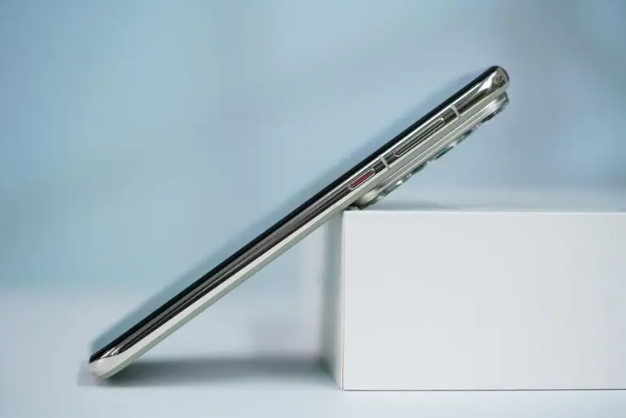
What we bought is the Huawei Pura 70 Ultra chanson green color. The overall saturation is relatively restrained, and the actual color is slightly greener than the one on the official details page.
The body material of Huawei Pura 70 Ultra uses Huawei’s favorite plain leather material. Starting from the Huawei Mate 30 Pro in 2019, in six years, Huawei has been far ahead in how to polish plain leather.
The plain leather of Pura 70 Ultra is Huawei’s first use of high-end embroidery and embossing technology. The starburst pattern on the back of the fuselage is created by embossing closely arranged fine lines. It achieves the ultimate in texture and feel. Of course, the price is also . Fortunately, the HUAWEI nameplate below is not gold-labeled, otherwise I think the flagship status of Huawei Mate Pro+ would not be guaranteed.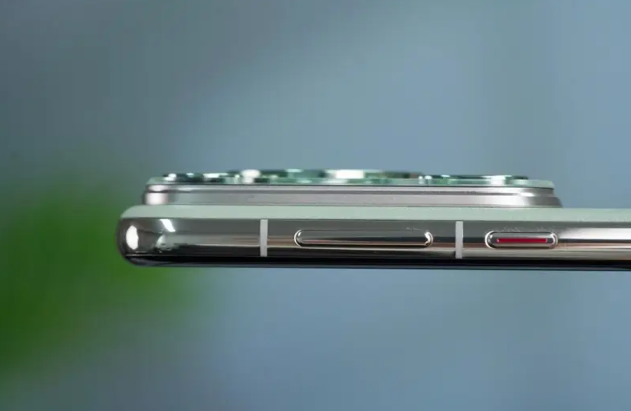
DECO photography has changed from the koala of the previous generation to the polar bear of this generation. As for whether it is beautiful or not, everyone has their own eyes. At least in terms of recognition, Huawei has always given you the best. Personally, it is quite good. Like this design.
Compared with the huge rear chimney that is common in this year’s imaging flagships, Huawei Pura 70 Ultra is not only elegant in shape, but also gives a very harmonious and unified look with the XMAGE imaging logo.
The three lenses are arranged in order of wide-angle, main camera, and telephoto. The parameters are: 50-megapixel one-inch main camera, supporting F1.6~F4.0 variable aperture. 40-megapixel ultra-wide-angle camera (F2.2 aperture). 50-megapixel telephoto integrated macro lens, F2.1 aperture, supports OIS optical image stabilization.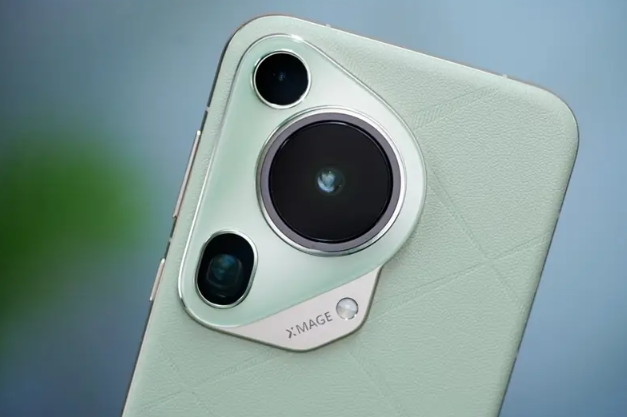
The red power button and volume adjustment button are integrated on the right side of the fuselage, once again showing the thin and light body of the Huawei Pura 70 Ultra from the side. The thickness of this camera bump is unparalleled among this year’s imaging flagships.
The golden frame of the Huawei Pura 70 Ultra is made of metal, and the frame on the other side of the fuselage has two signal antennas.
List of accessories provided with the machine. It is worth mentioning that the mobile phone case that comes with Huawei Pura 70 Ultra is very aesthetically pleasing. The wired fast charging set supports a power output of up to 100W. When used with Huawei Pura 70 Ultra, it can achieve 100W fast charging.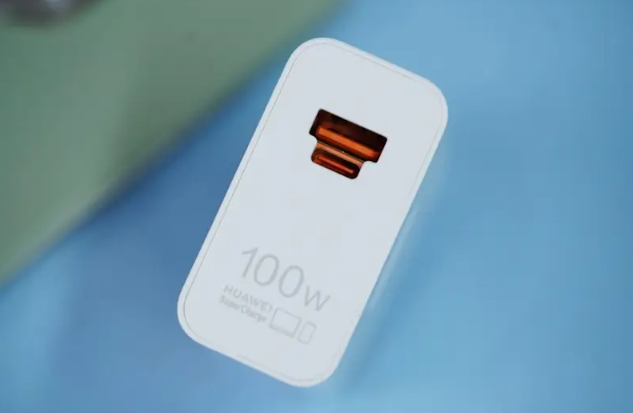
The front of Huawei Pura 70 Ultra still continues the advantages of Huawei Mate60 series. It uses a 6.8-inch fourth-depth slightly curved screen. The first impression when using it is that the frame control is extremely good. The curvature of the screen and the radian of the frame are very smooth. It feels warm in one sentence. Ruyu cannot be overstated.
The screen resolution is 2844 × 1260. 1.5K is also a feature of Chinese mobile phones. It has a good guarantee on clarity and power consumption. It supports 1440 Hz PWM dimming and 1-120Hz adaptive high brush, and the screen PPI is 460. The surface of this screen is also covered with basalt tempered Kunlun glass, which further improves the wear resistance and drop resistance of the external screen. After all, Huawei’s official price for this screen is 2,799. If you break it, you will probably be in great pain.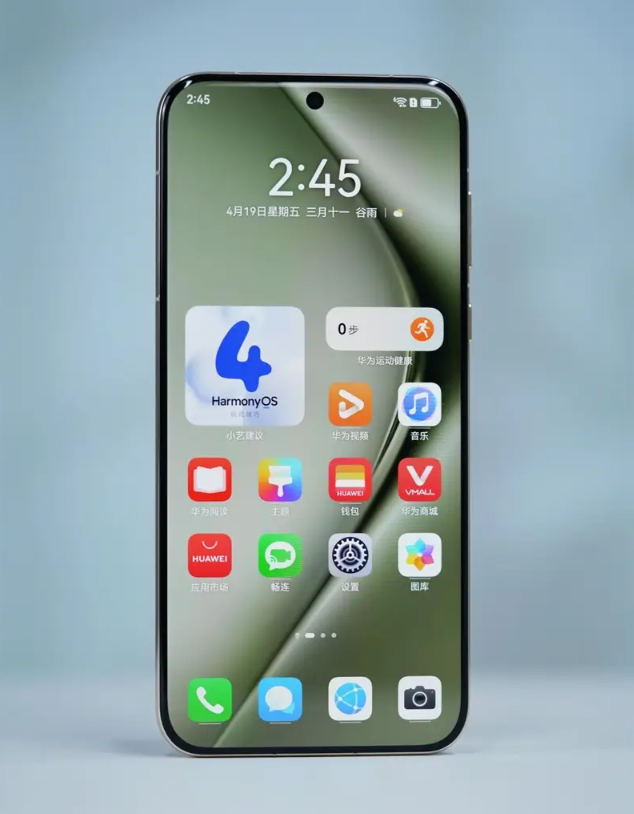
However, this screen is not without its flaws. Recently, it was revealed that the Huawei Pura 70 Ultra screen has a mix of BOE and Visionox screens. I don’t think it matters. Apple screens will also have screen mixes, as long as the color is accurate and It doesn’t matter if the eye protection and display can be maintained at the same level.
But one thing is that the Huawei Mate 60 Pro series has a 3D face and you can use a short-focus fingerprint. However, the Huawei Pura 70 Ultra does not have a 3D face but still only gives you a short-focus fingerprint. This makes the experience a bit uncomfortable. , does Huawei want to make a leap from short-focus fingerprints to domestic ultrasonics?
Cameras
Huawei Pura 70 Ultra uses three cameras with full focal length, the most anticipated of which is the main camera with a one-inch telescopic lens. Following the well-known reasons, Huawei has finally narrowed the gap with the flagships of its friends in terms of hardware and cooperates with Huawei The self-developed variable aperture can achieve a maximum aperture of F1.6.
However, it may be because the Huawei Pura 70 Ultra has just been released and the firmware optimization is not yet in place. In primary color mode, its colors will appear slightly dull. Only by setting it to vivid mode can it be more in line with the perception of the naked eye. Therefore, all the daytime samples below are in Bright mode straight out.
In daytime scenes, the main camera lens of Huawei Pura 70 Ultra not only significantly improves the overall brightness of the picture with its larger photosensitive unit, but also ensures that high-quality photos can be taken in poor lighting conditions. Even in this gloomy weather, you can capture images with vivid colors and rich details. However, the performance in double cropping and ten times zoom is a bit average, the overall performance is fleshy, the picture is not so clean, and it gives people a foggy feeling.
Night Scene Performance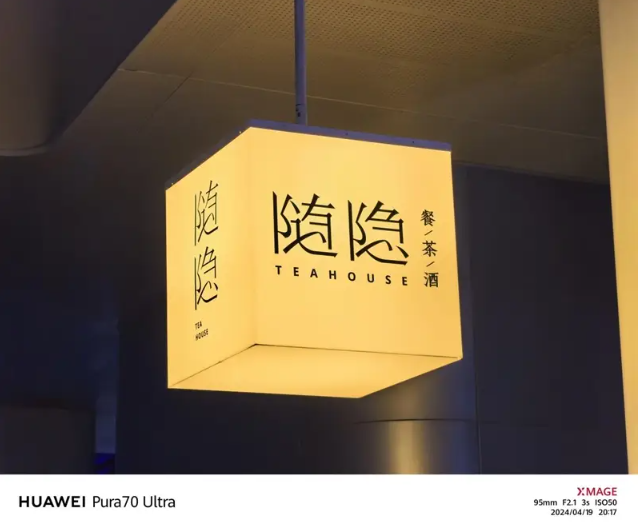
In terms of night scene performance, the Huawei Pura 70 Ultra performs slightly worse than during the day. The color cast problem that RYYB had in the past will still exist in this generation, and the purple edge problem has not been significantly improved. The font is in A green cast may also occur in some scenes.
However, these are all based on the newly released firmware. Even the Mate series has so many camera optimizations. As its flagship series focuses on imaging, I believe Huawei will continue to optimize the Huawei Pura 70 Ultra.
Telephoto macro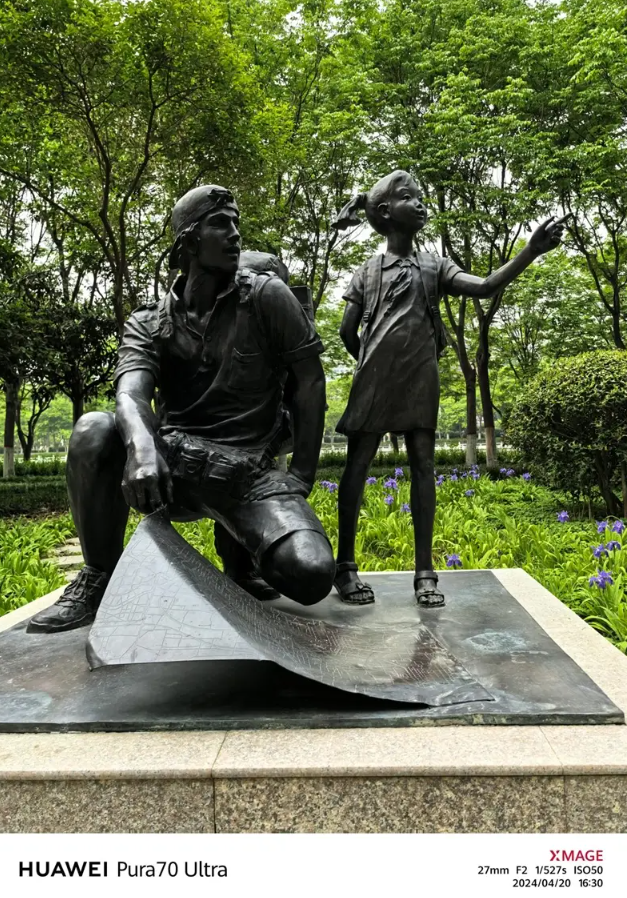
The telephoto lens of Huawei Pura 70 Ultra also takes into account macro shooting, with a minimum focusing distance of 5cm and support for 35X macro zoom. It has to be said that a high-quality macro lens can indeed capture a lot of shocking pictures.
Flash shooting mode
Personally, my favorite is the ultra-high-speed flash shooting function. Thanks to the ultra-condensed imaging system, the main camera has a large amount of light, making the Huawei Pura 70 Ultra very powerful in sports capture. The sample is given to me. It felt like the car’s tires were standing still.
Of course this year, all manufacturers are focusing on dynamic photography, but the principles are actually different. Huawei Pura 70 Ultra’s flash mode is due to its large amount of light and then intercepts two or three frames before and after calculation. Let’s take the motion of Xiaomi 14 Ultra. A comparison was made with the snapshot.
One conclusion can be drawn from the snapshots. Huawei intercepts keyframes and then calculates the subject to be clearer. However, the initial firmware optimization is not in place and there will be a certain degree of sharpening. Friends who are concerned about this can wait for OTA.
Performance
In addition to the image quality, what everyone is most concerned about is probably the Kirin 9010, which is launched for the first time in the P series. The large core reduces the frequency, but the running score does not fall but rises. Can you bear this?
Actual test of running scores
1.Geekbench6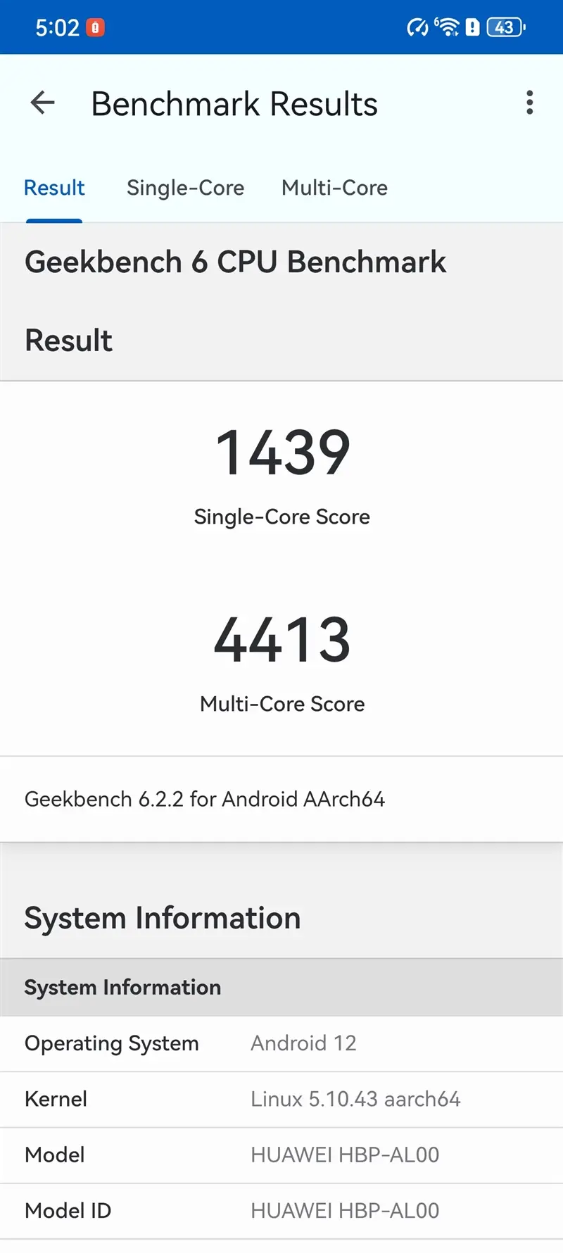
In the CPU single test, the single-core score reached 1432 points, which is very close to the running score of Dimensity 8200. The multi-core score was 4413 points. The multi-core score is close to or even equal to the Snapdragon 8+. This result is undoubtedly satisfactory compared to last year’s Kirin 9000S. of.
2. AnTuTu benchmark score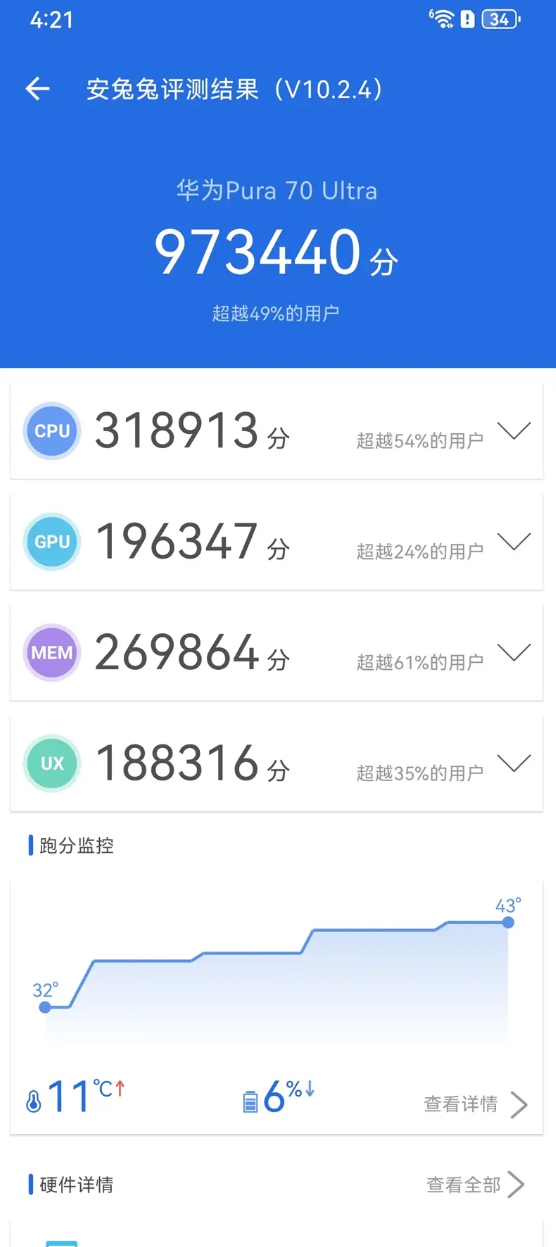
Turning on the performance mode, AnTuTu comprehensive performance test, the total score directly reached 973440 points, which is nearly 8% higher than the Kirin 9000S’s 870,000 points. With such an improvement in less than half a year, it seems that HiSilicon’s ability to design chips is still the same. In the first echelon.
Game actual test
For the game test, we conducted it in an office environment at 23 degrees Celsius, using two popular mobile games “Genshin Impact” and “Honkai Impact: Star Rail”, using the highest image quality + highest frame rate supported by the device (in terms of image quality Priority) Conduct game testing and record the frame rate and body temperature performance during the game.
1. “Original God”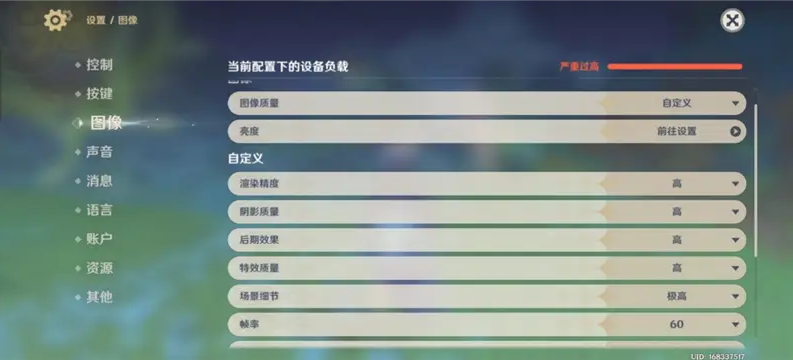
The “Genshin Impact” mobile game ran for 15 minutes in the highest quality + 60 frames mode. The frame rate was stable at 60 frames, with an average of 59.94FPS. However, the screen and running operations could feel that it was obviously less than 60 frames smooth. It is suspected that frame insertion technology is used, and the temperature does not appear to be normal. The temperature on the back is only 44.3° and the front is only 35.5°.
2. “Honkai Impact: Star Railroad”
“Honkai Impact: Star Rail” mobile game, in the highest image quality + 60 frame mode, tested in the Xingchahai Center for 15 minutes, the average frame rate was stable at 50.21 frames, this frame rate appears on the current Kirin 9010 It’s very outrageous. What’s even more outrageous is the temperature. The temperature on the back is 51.5° and the temperature on the front is 49°. If you haven’t practiced Iron Sand Palm, I suggest you build a radiator to use it.
Conclusion: In theoretical running scores, the multi-core performance of Kirin 9010 is about 9% higher than that of Kirin 9000S. In terms of game experience, “Honkai Impact: Star Rail” is barely playable as long as you add a radiator. Degree. Considering that HiSilicon is currently facing many difficulties, I think this performance is enough to satisfy Pollen.
Battery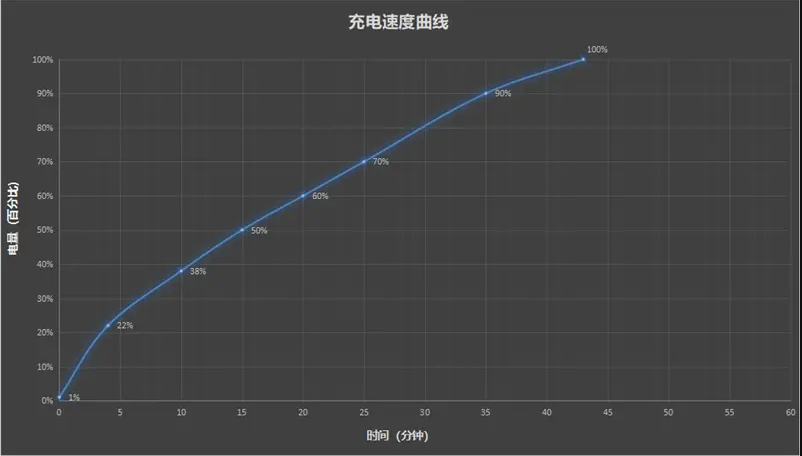
Huawei Pura 70 Ultra has a built-in 5200mAh battery that supports up to 100W wired fast charging and 80W wireless fast charging.
Next, we tested the phone’s charging and battery life.
Charging test
Before the charging test, we first consumed the power of Huawei Pura 70 Ultra to 1%. During the test, we long pressed the fast charging animation to activate the super fast charging Turbo for testing.
After testing, the battery was charged from 1% with the screen turned off, charged to 22% in 4 minutes, 38% in 10 minutes, 60% in 20 minutes, 90% in 35 minutes, and finally fully charged in 43 minutes.
Endurance test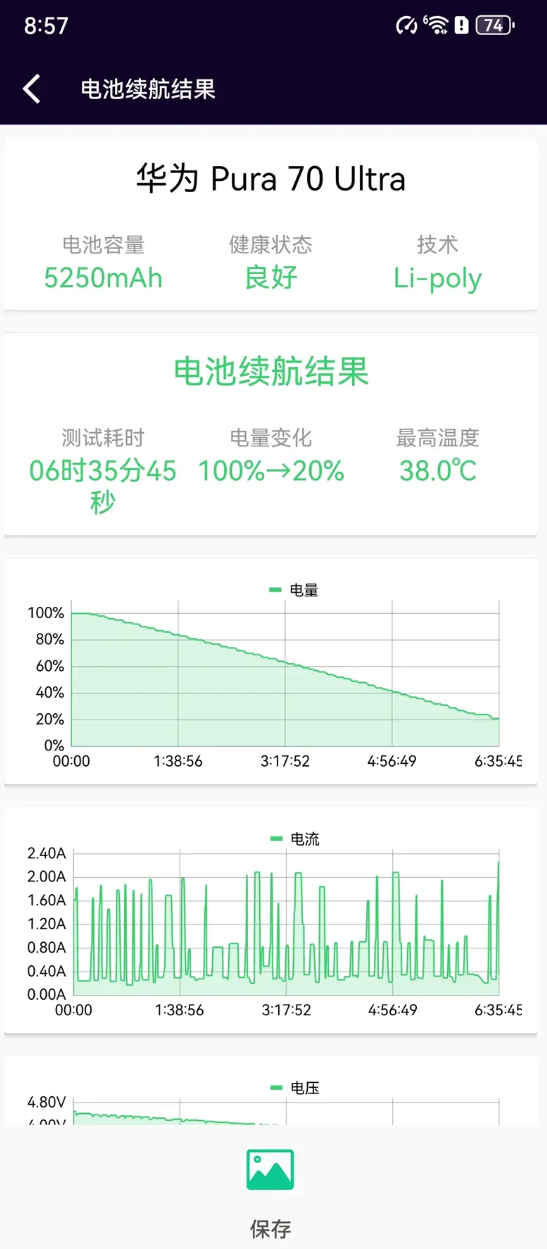
For the battery life, we use the professional battery life testing tool – Battery Dog produced by Kuai Technology for testing.
For the test items, we chose the extreme battery life test and checked all test items including CPU high voltage, CPU multi-threading, AI recognition, picture browsing, video playback, and web browsing to simulate user usage scenarios and restore the real load to the greatest extent. Infinitely close to the real power consumption situation.
During the test, Battery Dog will adjust the refresh rate and resolution of the phone to the lowest, adjust the screen brightness to 50%, turn off automatic brightness, and clear the background to ensure the accuracy of the test results.
After testing, the Huawei Pura 70 Ultra’s power consumption reached 20%. Battery Dog gave a battery life score of 6 hours and 35 minutes. After conversion, the phone’s full battery life is about 8.3 hours, which can basically meet the needs of a day under normal and moderate conditions. use.
Verdict
Twelve years constitute a period. After 12 years of development, the P series has now reached a new stage. The upgrade of the P series to Huawei’s Pura series is a perfect summary of the P series in the past 12 years. It is also a key move for the P series to start again with a new attitude and move to a new height.
As Huawei’s first Ultra flagship, the Huawei Pura 70 Ultra still has many constraints in the choice of hardware supply, but it has not affected Huawei’s firm confidence in its brand. Even though the price was raised to nearly 10,000 yuan, without a press conference, the new phone was sold out in just one minute after it went on sale online, and long queues reappeared in many offline Huawei stores.
Putting aside this “overwhelming popularity” and returning to the product itself, how is Huawei Pura 70 Ultra? After some experience, we believe that this is a new generation Huawei flagship that is enough to satisfy everyone but is not perfect.
The short-throw fingerprint, and the initial firmware camera algorithm need to be optimized, the screen brightness is low, the gaming experience is not smooth enough in some scenarios, and the heat is high under high load. These all show that the Huawei Pura 70 Ultra is not a perfect mobile phone in everyone’s ideal, but Users who are willing to spend 10,000 yuan to blindly grab Huawei mobile phones obviously don’t care much about these details.
What they value more is the new things that Huawei has brought, such as the unique retractable + variable aperture + IP68 lens design, the ID that once again leads the aesthetic trend of domestic mobile phones, and the best telephoto macro + flash shooting at present. Photography capabilities, brand new domestic self-developed Kirin 9010 chip, etc. In addition, Huawei’s upcoming pure-blood Hongmeng NEXT system also heralds Huawei’s further deepening in the integration of software and hardware, achieving “one-third of the world, and I take one”, and truly competing with Apple and Android. These are not only Huawei’s moats, but also the reasons and emotions that drive users to choose Huawei.
From the strong return of the Huawei Mate 60 Pro series to the Phoenix Nirvana of this generation of Huawei Pura 70 Ultra, Huawei is returning step by step to the powerful Huawei we remember. Huawei occupied 38% of the market share in 2020, the Huawei almost beating Apple to the other side.
The current Huawei Pura 70 Ultra is certainly not perfect, but what about the Mate70 by the end of the year? What about next year’s Pura 80? Now I am increasingly looking forward to what other “black technologies” Huawei can come up with to stir up this “thousands of machines” mobile phone market. We have reason to believe that Huawei will continue to make breakthroughs in technological innovation. After all, science and technology are the primary productive forces, right?
Read Also: Huawei Pura 70 Ultra Unboxing Review: More like a 9,999 yuan Huawei camera

.jpg)







